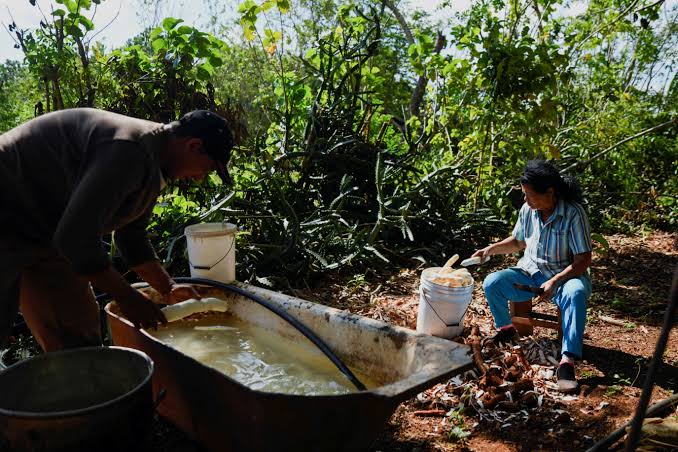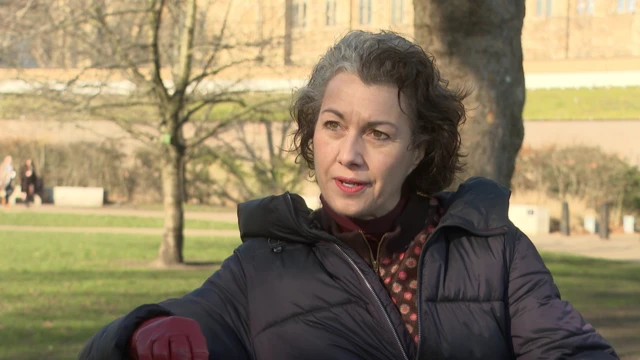In a bustling restaurant in Old Havana, diners can experience a taste of the past with casabe, small circular flatbreads made from ground yucca. These flatbreads are served plain or topped with various combinations of onion, tomato, pork, and garlic.
Casabe, a dish with over a thousand years of history, has traditionally been a staple for field hands and in rural Cuban communities. However, it may now be experiencing a resurgence.
Cuba’s severe economic crisis has significantly reduced the import and production of essential goods like wheat flour, sugar, and salt, leading some to reconsider the value of this simple flatbread. Casabe’s sole ingredient is locally grown yucca root, also known as cassava.
“In a time of food crisis like the one we’re currently experiencing, we believe cassava bread can help,” said Yudisley Cruz, co-founder of Yucasabi, a small business and restaurant promoting yucca-based products.
Her restaurant in the tourist district of Old Havana sells casabe for 15 pesos (4 cents), making it a nutritious, affordable option for both tourists and locals.
Read more: Heartwarming Dishes To Lighten Up Your Day
Cruz’s restaurant, the only one in Cuba dedicated exclusively to yucca, aims to popularize casabe in urban areas.
In the countryside, vendors sell casabe at even lower prices, making it a food item that nearly everyone can afford.
Its widespread appeal, simplicity, and cultural significance – originating with the indigenous Taino people in Cuba and the Caribbean – led the United Nations to add casabe to its list of intangible cultural heritage of humanity last year.
Yucasabi, decorated with paintings of Tainos in the Cuban countryside, offers a modern twist on the ancient bread to attract a broader clientele.
“Casabe from Cuba, 100% artisanal, vegan, zero gluten,” reads its social media advertising.
However, simplicity remains casabe’s main selling point, according to Julio Cesar Nunez, an 82-year-old traditional casabe producer living outside Havana.
Nunez oversees the entire process, from harvesting and peeling to drying and grinding the yucca root, which is then formed into discs and cooked on sheet metal over flames.
“Anyone who takes the time to learn can do it,” he said.





